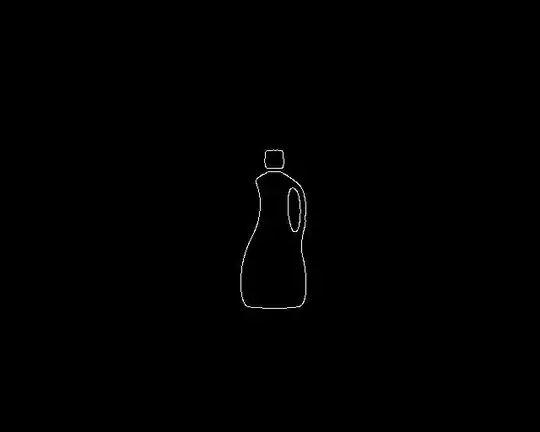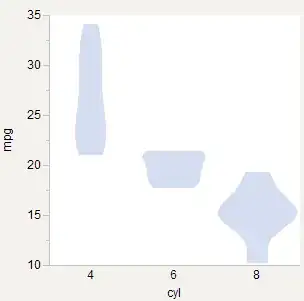I recently came across the fact, following this question, that we can use spectral coherence to find the similarity between two fourier transforms. Now, I have two contours, which I have obtained by applying Canny edge detection on two images. I was wondering if I can model the contours as data points i.e. (x,y) coordinates, and apply DFT on them, and whether I can use the spectral coherence to measure the similarity between the two contours. Here are the two contours, as reference.


It should be noted that the contours are slightly different, although they might seem to be the same. Thanks in advance.